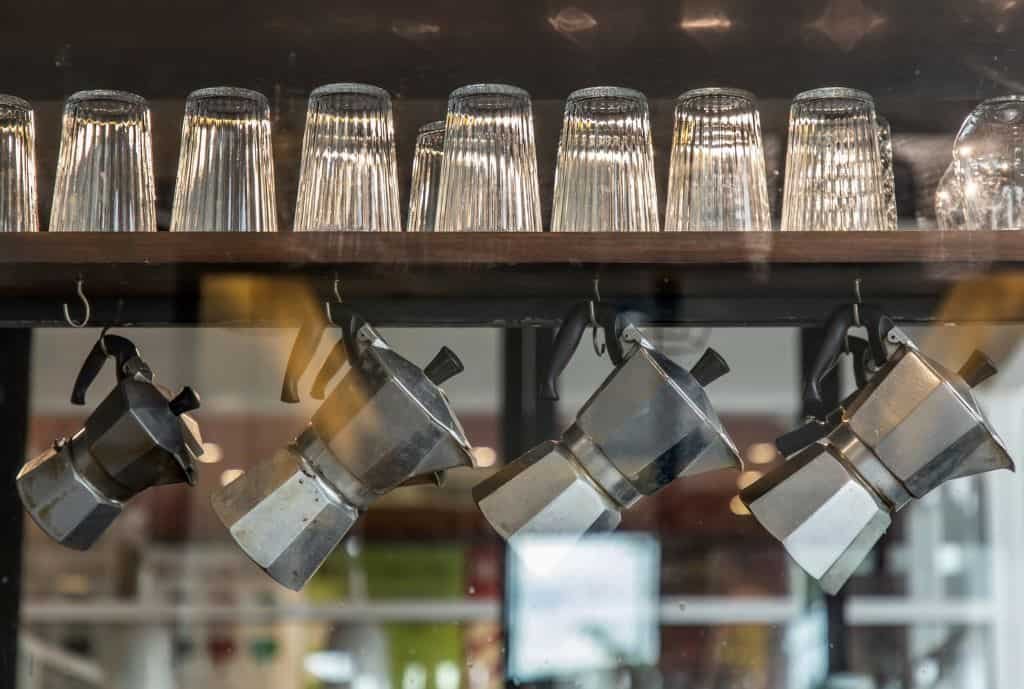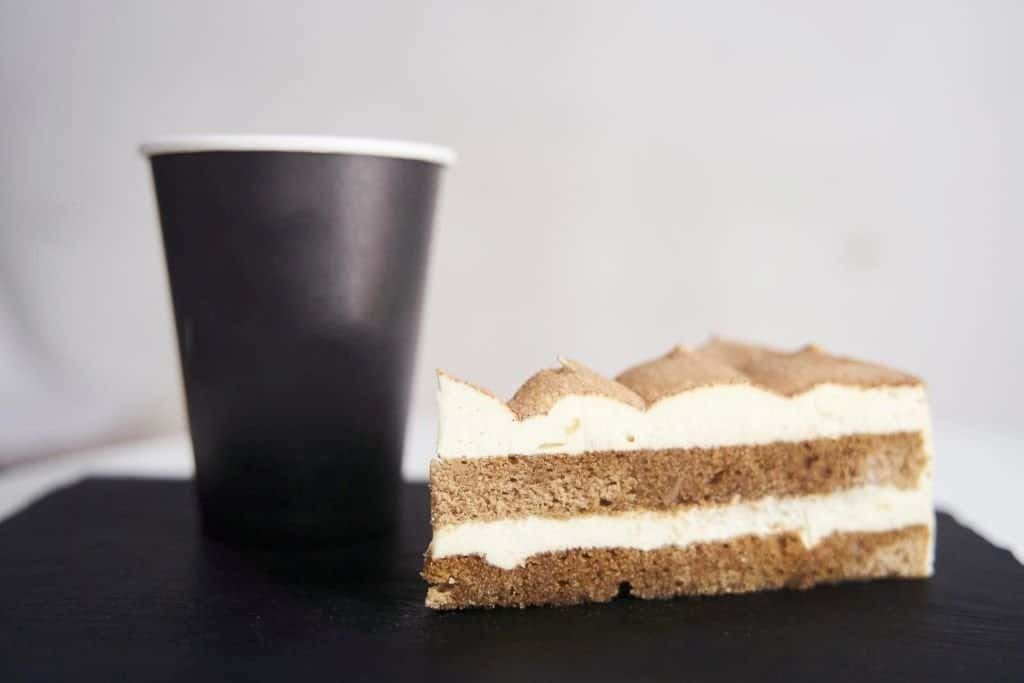If you’ve ever used a moka pot, you know that some sputtering is normal. But if your moka pot is sputtering more than usual, it might be time to take a closer look.
In this article, we’ll discuss why your moka pot may be sputtering and help you troubleshoot the issue. We’ll also provide some tips to help you prevent sputtering in the future and keep your moka pot in tip-top shape.
So if your moka pot is sputtering, read on, and you’ll be able to get it back up and running in no time.
Possible Causes of Sputtering

When using a Moka pot, it is not uncommon to experience sputtering. Sputtering occurs when the water is not flowing through the coffee grounds, and the pressure inside the pot builds up, causing steam to escape through the coffee. There are several possible causes of sputtering that you should be aware of.
Low Pressure
Low pressure is one of the most common causes of sputtering in a Moka pot. This can happen when the heat source is too low, causing the water to not boil and create enough pressure to push the water through the coffee. It can also happen when the coffee grounds are packed too loosely, preventing the water from flowing through them.
High Pressure
High pressure is another cause of sputtering in a Moka pot. This can happen when the heat source is too high, causing the water to boil too quickly and create too much pressure. It can also happen when the coffee grounds are packed too tightly, preventing the water from flowing through them.
Sealing Issues
Sealing issues can also cause sputtering in a Moka pot. This can happen when the rubber seal ring is damaged or worn out, preventing the pot from sealing properly. It can also happen when the pot is not screwed together tightly enough, allowing steam to escape through the seams.
Overfilling the Water Reservoir
Overfilling the water reservoir can also cause sputtering in a Moka pot. When the water level is too high, it can create too much pressure and cause steam to escape through the coffee.
Using the Wrong Grind Size
Using the wrong grind size can also cause sputtering in a Moka pot. If the coffee grounds are too fine, they can clog the filter and prevent the water from flowing through them. If the coffee grounds are too coarse, they can allow the water to flow through too quickly and not extract enough flavor.
Packing the Coffee Too Tightly
Packing the coffee too tightly can also cause sputtering in a Moka pot. If the coffee is packed too tightly, it can prevent the water from flowing through the coffee and create too much pressure.
Using a Heat Source That’s Too High
Using a heat source that’s too high can also cause sputtering in a Moka pot. If the heat source is too high, it can cause the water to boil too quickly and create too much pressure.
Troubleshooting Sputtering
If your Moka Pot is sputtering, it can be frustrating to deal with. Fortunately, there are several things you can do to troubleshoot the issue and get your coffee brewing again. In this section, we’ll cover some common causes of sputtering and how to fix them.
Cleaning Your Moka Pot
One of the most common causes of sputtering is a dirty Moka Pot. Over time, coffee oils and residue can build up on the inside of the pot and affect the brewing process. To clean your Moka Pot, disassemble it and wash all parts with warm, soapy water. Pay special attention to the filter basket, as this is where most of the buildup occurs. If your Moka Pot is particularly dirty, you may need to soak it in a solution of water and vinegar for a few hours before washing.
Checking Your Filter Basket
Another common cause of sputtering is a clogged filter basket. If the holes in the basket become blocked with coffee grounds, the pressure inside the pot can build up and cause sputtering. To fix this, remove the filter basket and clean it thoroughly. If the holes are still blocked, you may need to use a pin or toothpick to clear them out.
Adjusting Your Stove Temperature
If your Moka Pot is sputtering, it may be because the stove temperature is too high. The ideal temperature for brewing coffee in a Moka Pot is between 180°F and 200°F. If the temperature is too high, the coffee will boil and create too much pressure inside the pot. To fix this, try lowering the stove temperature and see if that helps.
Adjusting the Grind Size
The grind size of your coffee can also affect the brewing process in a Moka Pot. If the grind is too fine, the coffee will create too much pressure inside the pot and cause sputtering. If the grind is too coarse, the coffee may not create enough pressure, and the brewing process will be slow. Experiment with different grind sizes until you find the right one for your Moka Pot.
Filling the Water Reservoir to the Appropriate Level
Finally, it’s important to fill the water reservoir of your Moka Pot to the appropriate level. If the water level is too low, the pot will sputter, and the coffee will be weak. If the water level is too high, the coffee will be too strong and may overflow the pot. Follow the manufacturer’s instructions for filling the water reservoir and adjust as necessary based on your personal preferences.
When to Consider Buying a New Moka Pot
Sometimes, no matter how much you try to fix your Moka pot, it just won’t stop sputtering. In such cases, it may be time to consider purchasing a new one. Here are some instances when buying a new Moka pot might be the best option:
- The original moka coffee pot: Moka Express is the original stovetop espresso maker, it provides the experience of the real Italian way of preparing a tasteful coffee, its unique shape and the…
- Made in Italy: it is Made in Italy and its quality is enhanced by the patented safety valve which makes it easy to clean and its ergonomic handle, available in many sizes and suitable for gas,…
- How to prepare the coffee: fill the boiler up to the safety valve, fill it up with ground coffee without pressing, close the moka pot and place it on the stovetop, as soon as Moka Express starts to…
Severe Damage
If your Moka pot has suffered severe damage, such as a crack in the bottom chamber or a broken handle, it may be time to replace it. While some minor damages can be repaired, more extensive damage may be beyond repair, and a new Moka pot may be a better investment.
Rust or Corrosion
If your Moka pot is showing signs of rust or corrosion, it may be time to replace it. Rust can affect the taste and quality of your coffee and may also be a health hazard. While some rust can be removed with a good cleaning, extensive rust or corrosion may require a new Moka pot.
Age
If your Moka pot is old and has been used extensively over the years, it may be time to replace it. Over time, the rubber seal may deteriorate, and the Moka pot may not work as efficiently as it once did. Additionally, newer models may have better features and improvements that can enhance your coffee brewing experience.
Upgrading
If you’re looking to upgrade your coffee brewing experience, investing in a new Moka pot can be a great option. Newer models may have features such as better heat distribution, improved safety features, and more durable materials.
While it’s always worth trying to fix your Moka pot before replacing it, there are instances when buying a new one is the best option. Whether it’s due to severe damage, rust or corrosion, age, or upgrading, investing in a new Moka pot can enhance your coffee brewing experience.
Wrapping Things Up
In conclusion, a sputtering Moka pot can be caused by a variety of factors. It is important to identify the root cause of the problem in order to fix it properly. Some common causes of sputtering include excessive heat, poor seal between upper and lower chambers, faulty rubber gasket, incorrect tamping, and dirty coffee grounds.
To prevent sputtering, it is recommended to use a medium heat setting and to ensure that the Moka pot is screwed together tightly. Cleaning the rubber gasket and checking for any dirt or stray coffee grounds can also help to prevent sputtering.
It is important to note that a sputtering Moka pot does not necessarily mean that the coffee is ruined. By adjusting the heat and fixing any issues with the pot, it is possible to still enjoy a delicious cup of coffee.
Overall, taking care of your Moka pot and being mindful of the factors that can cause sputtering can help to ensure a consistent and enjoyable coffee experience.





